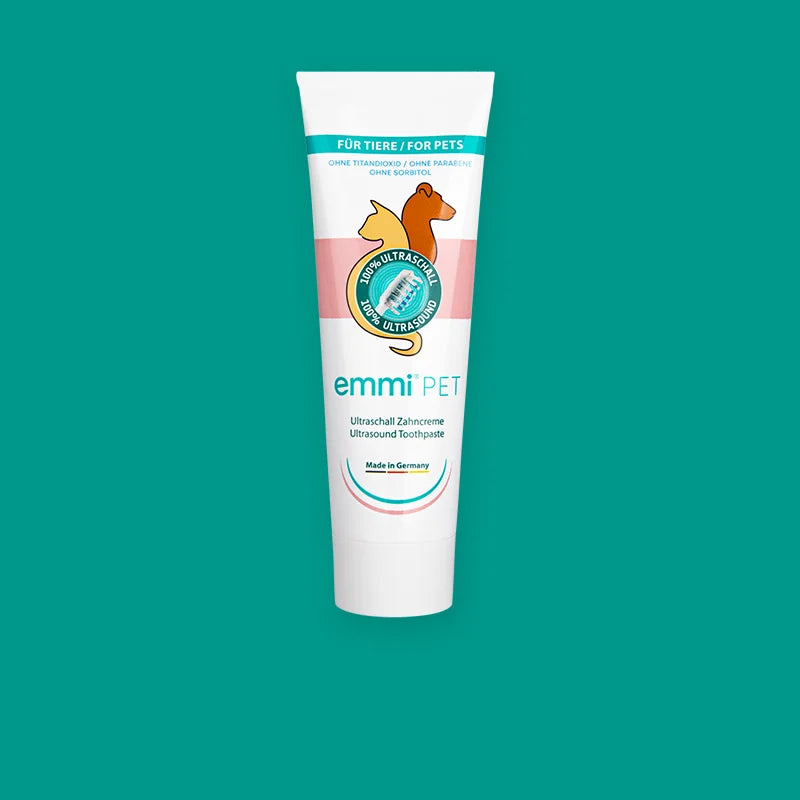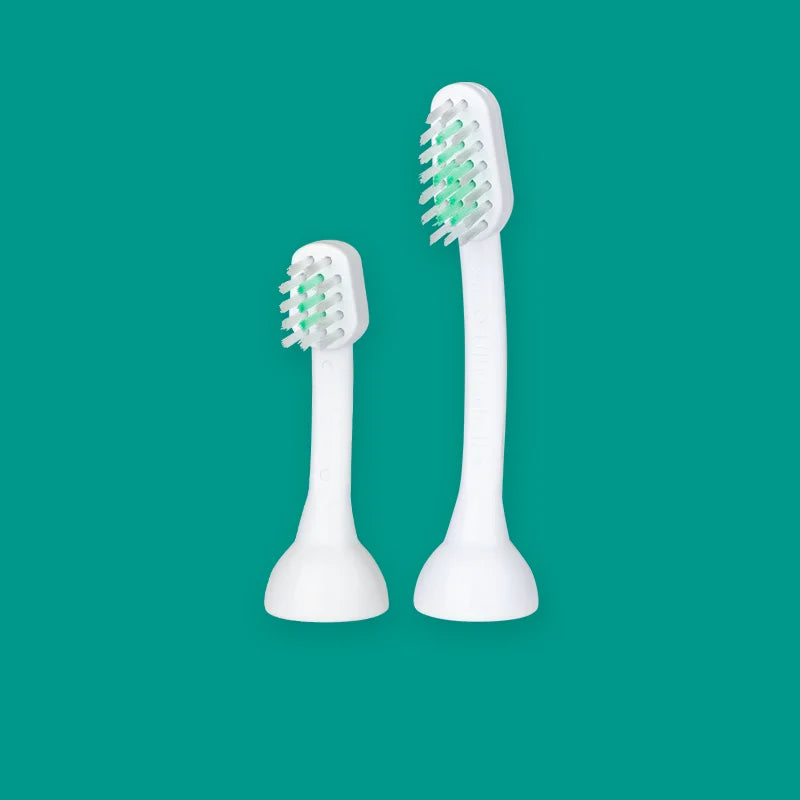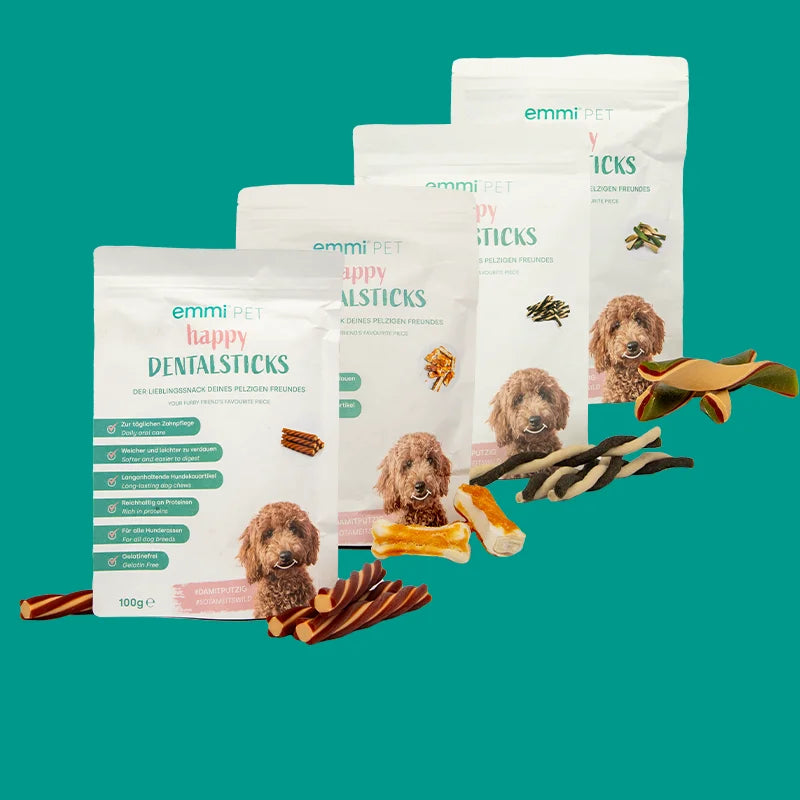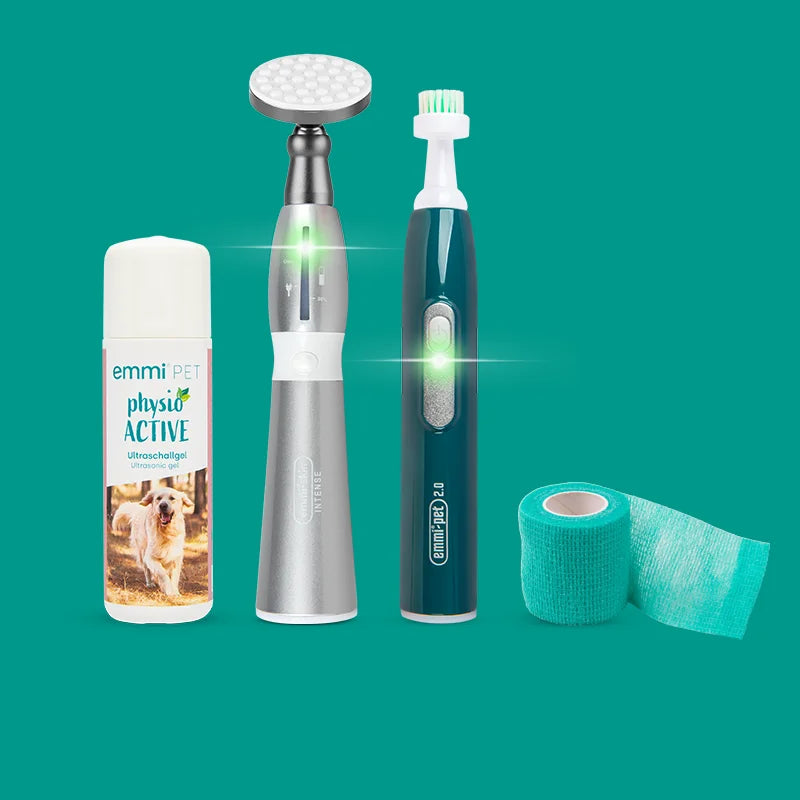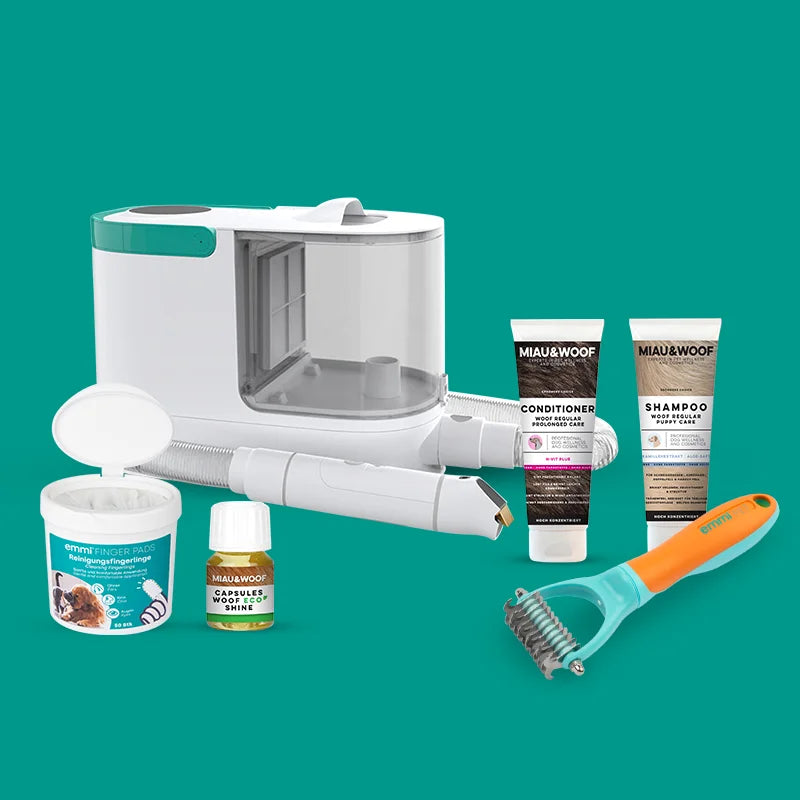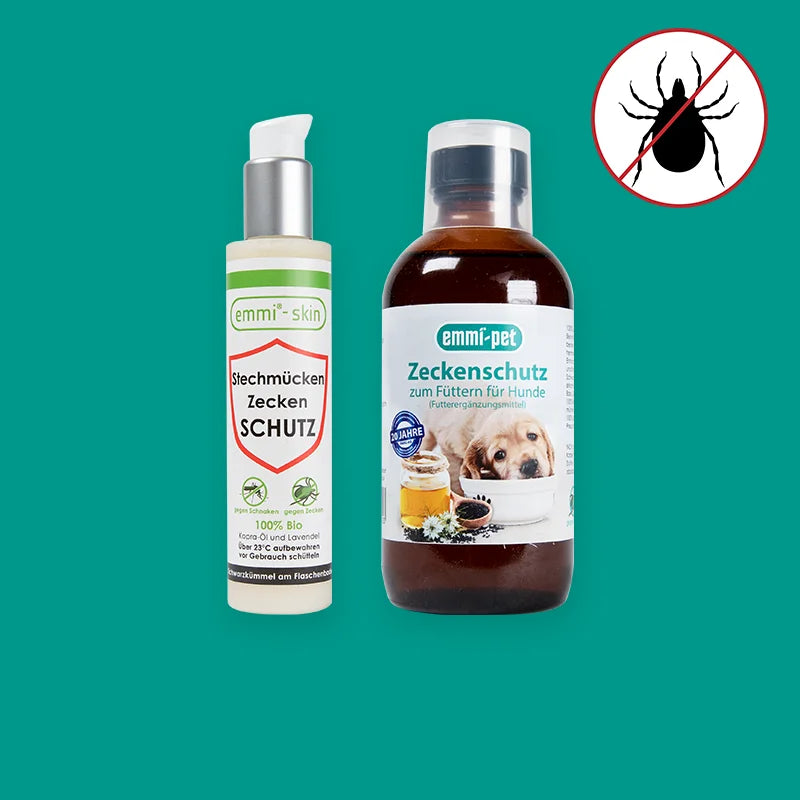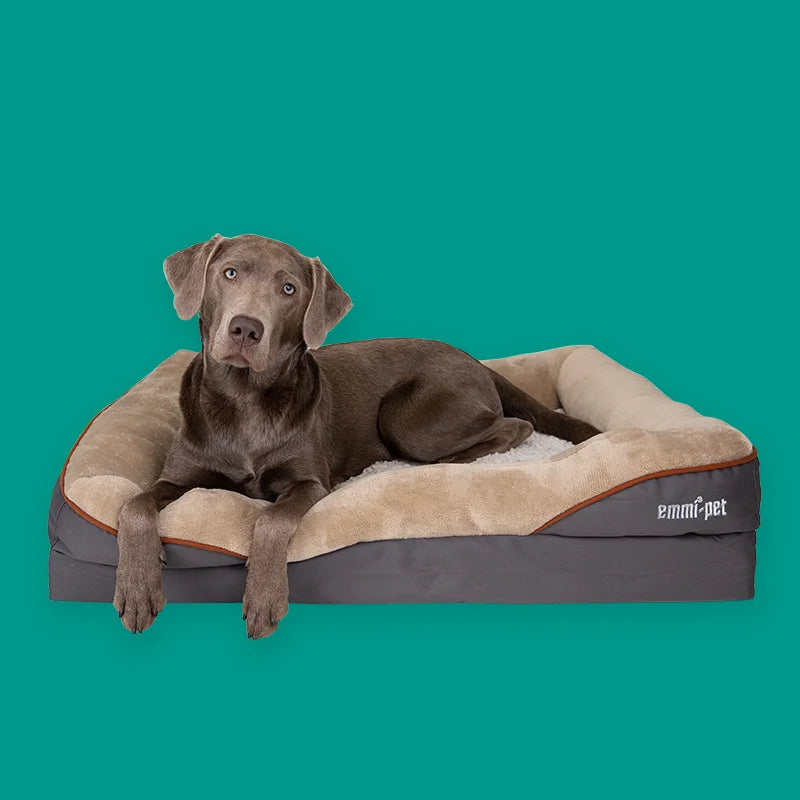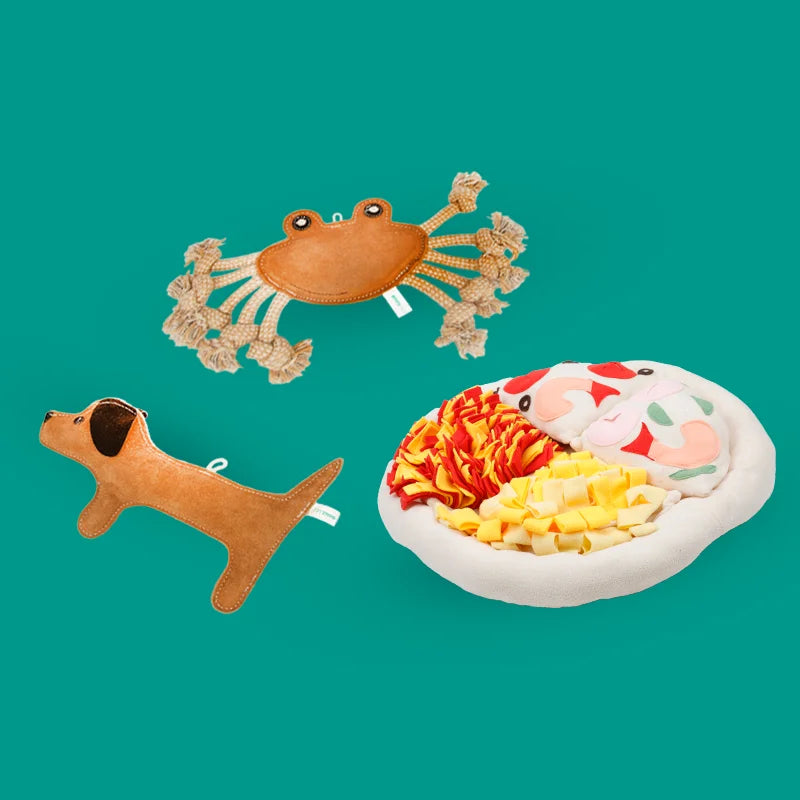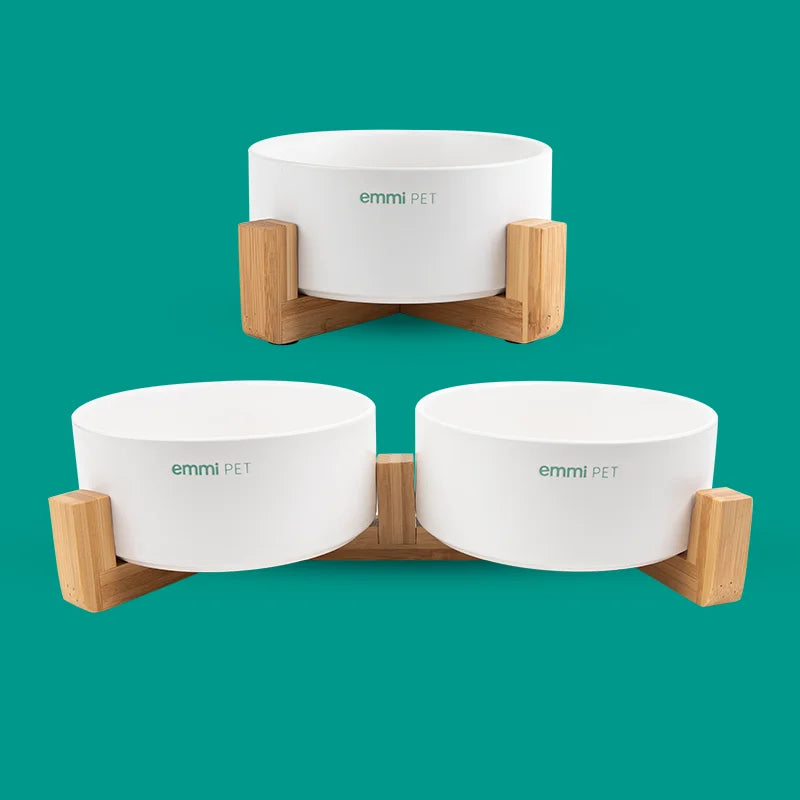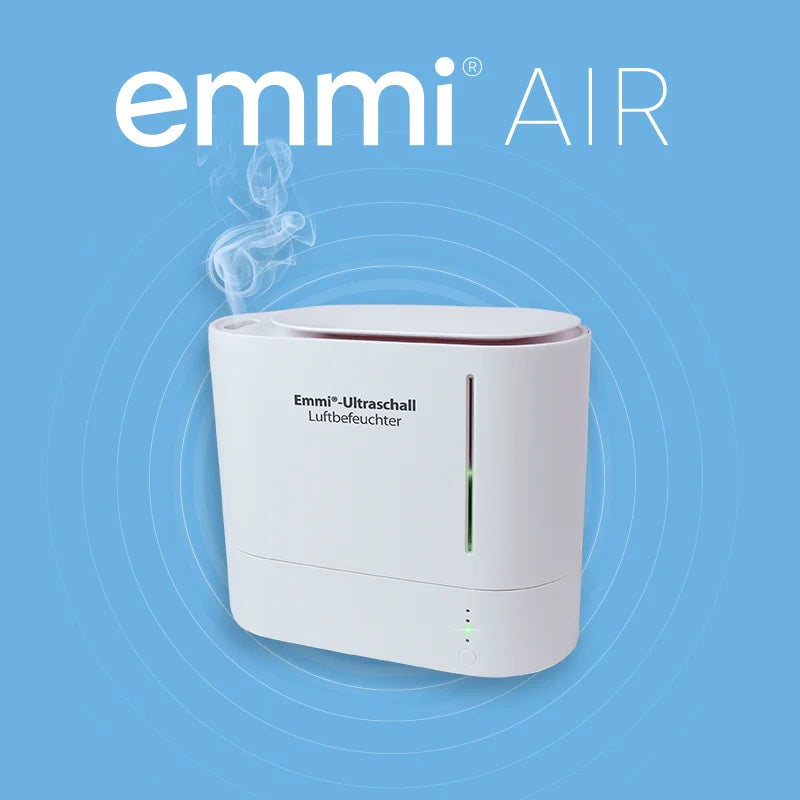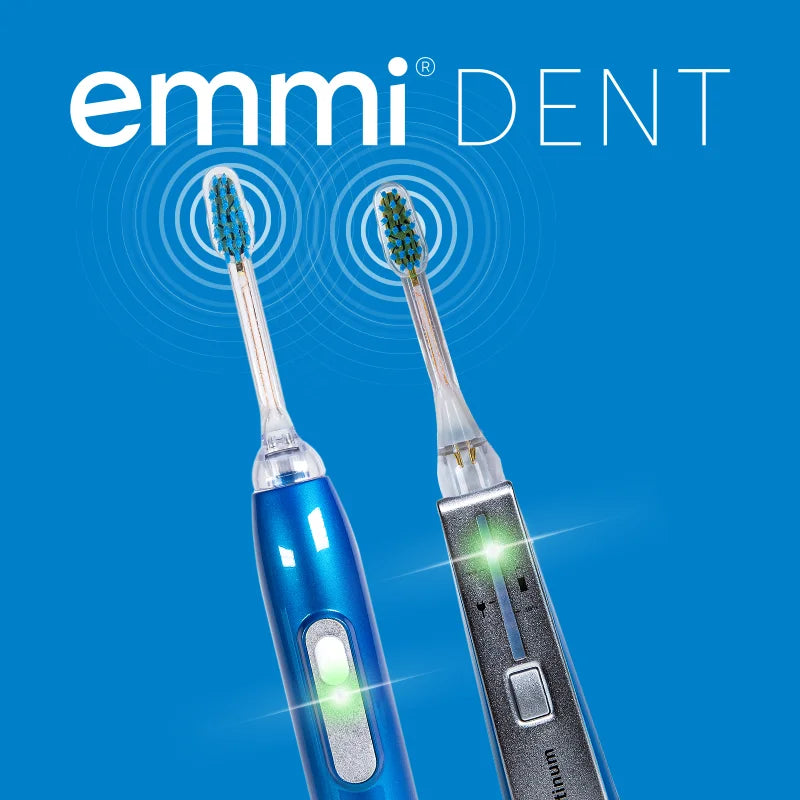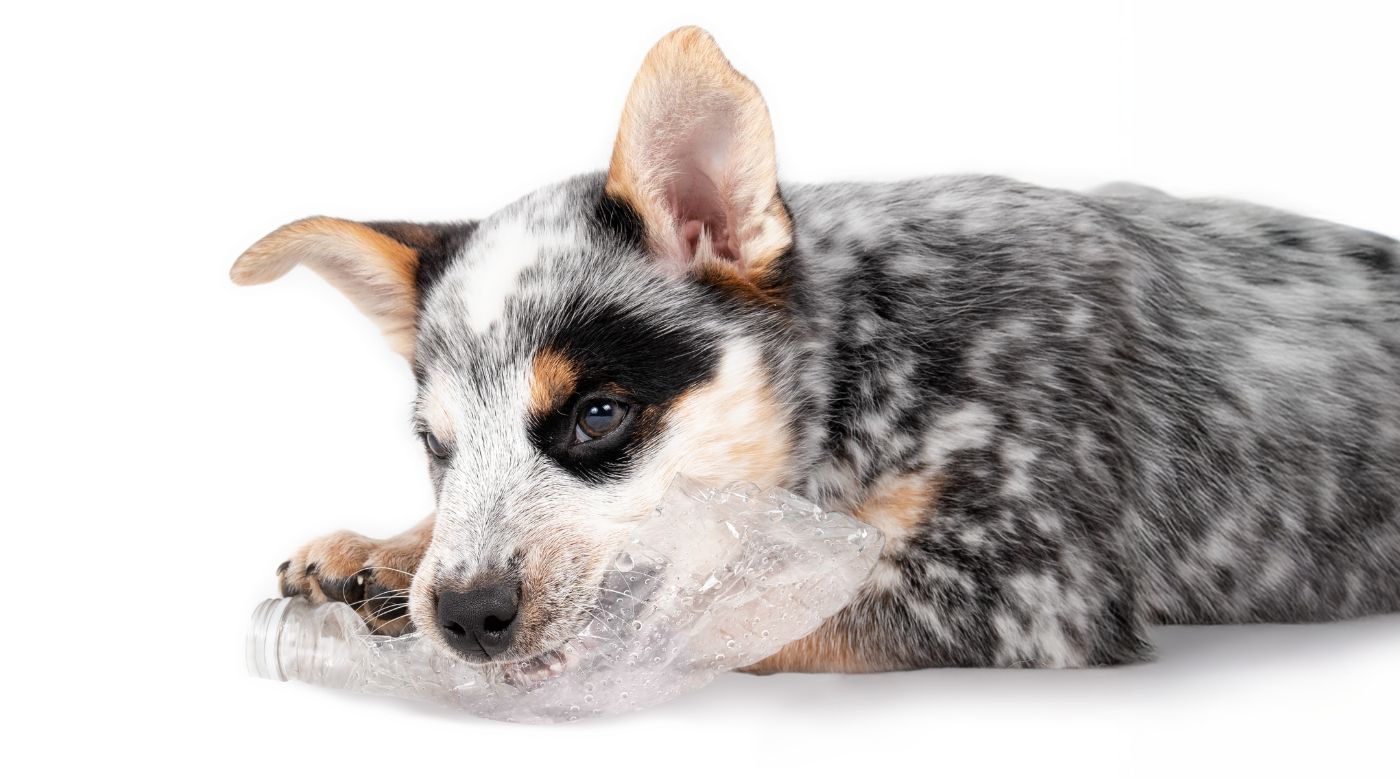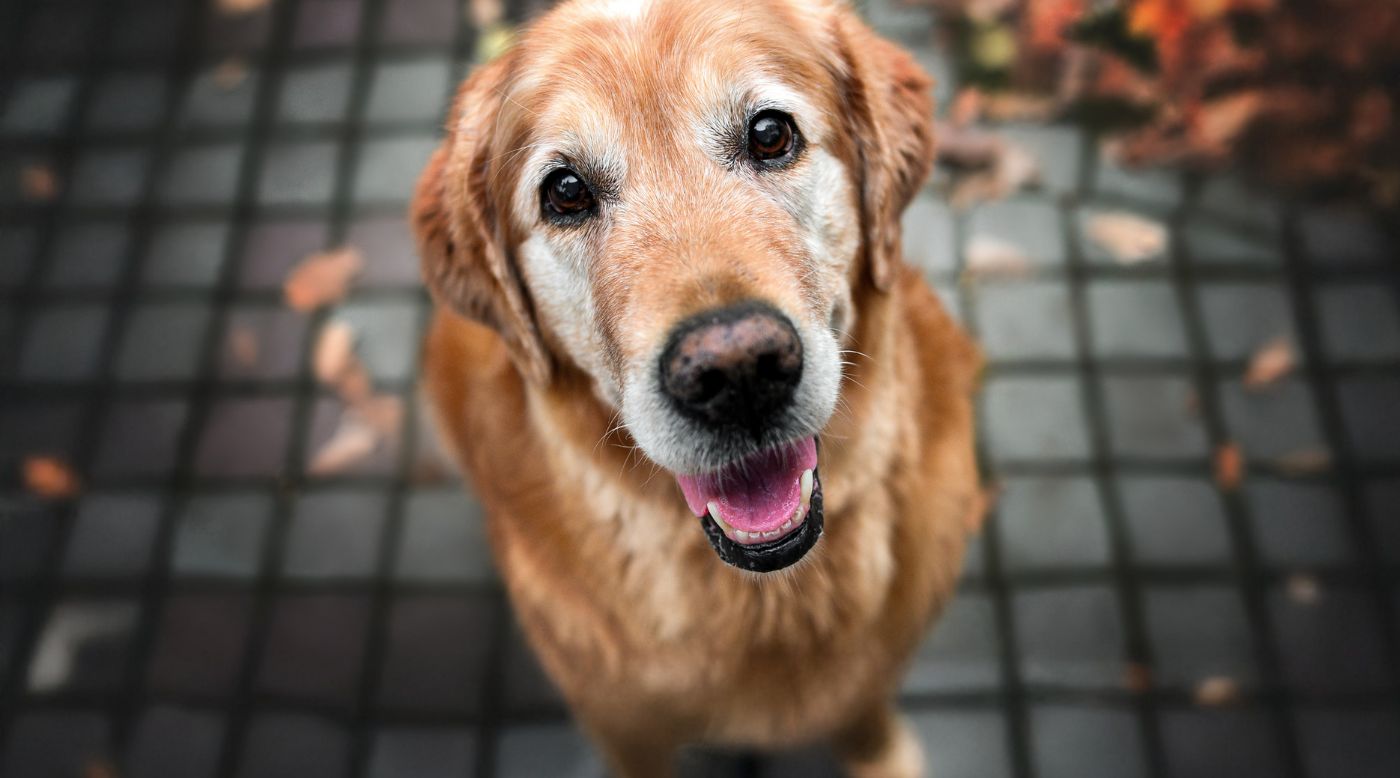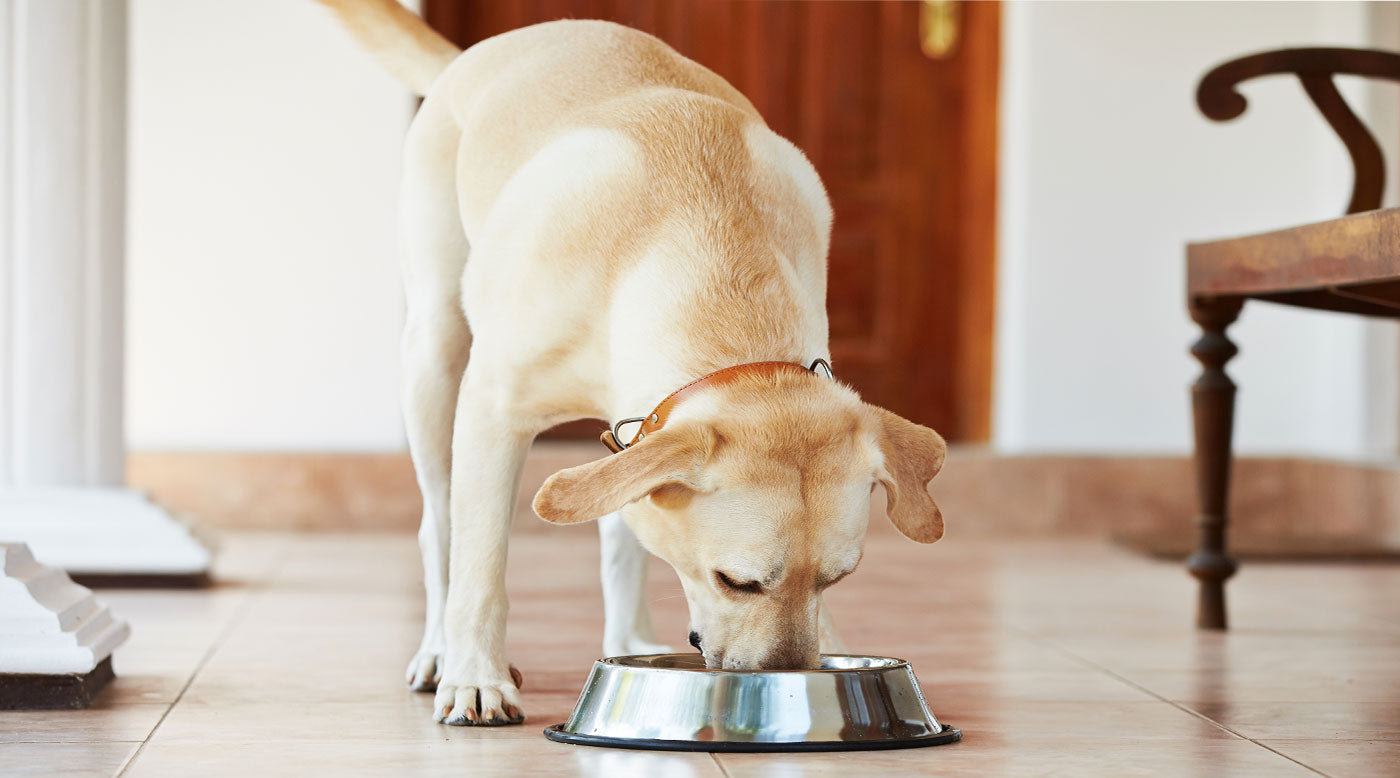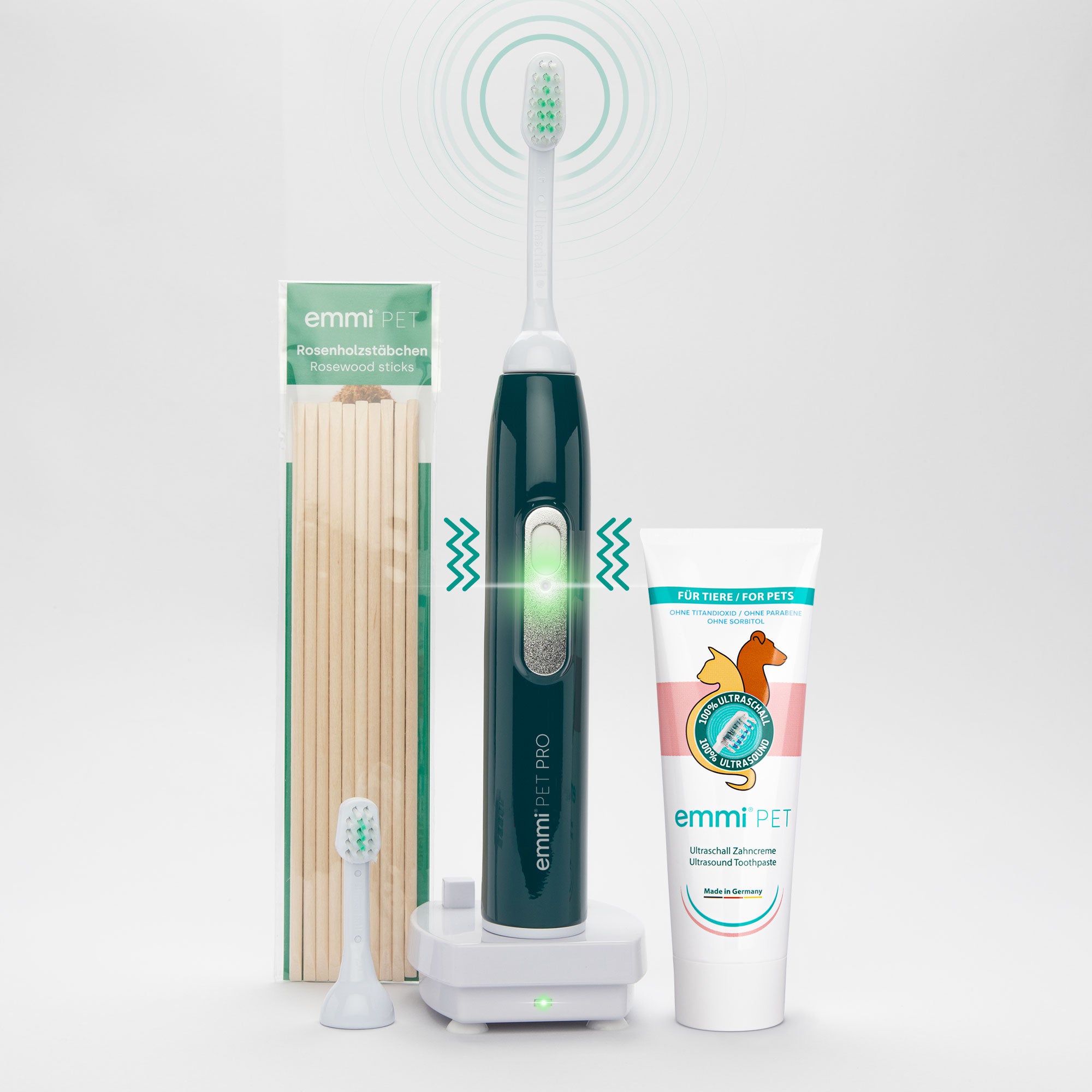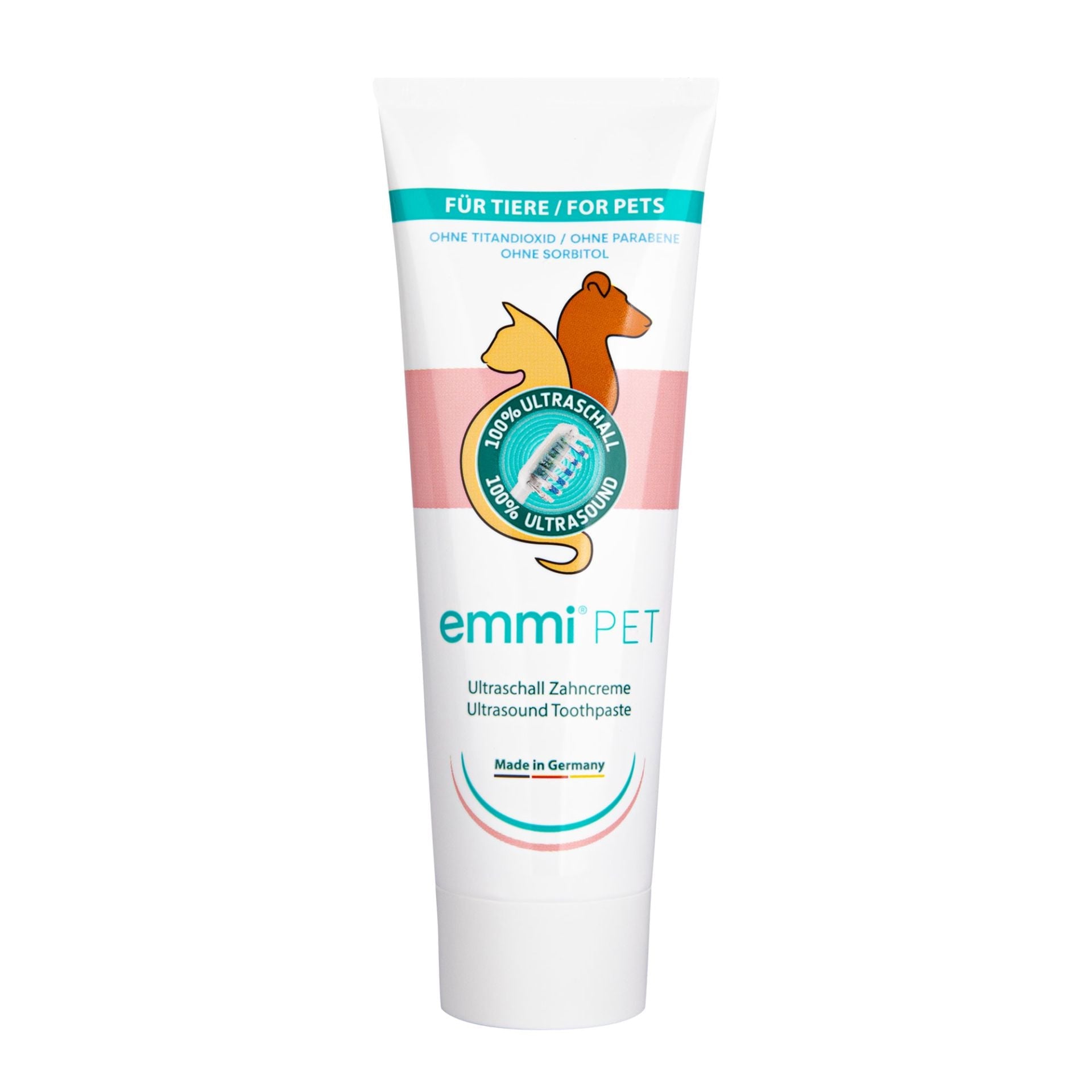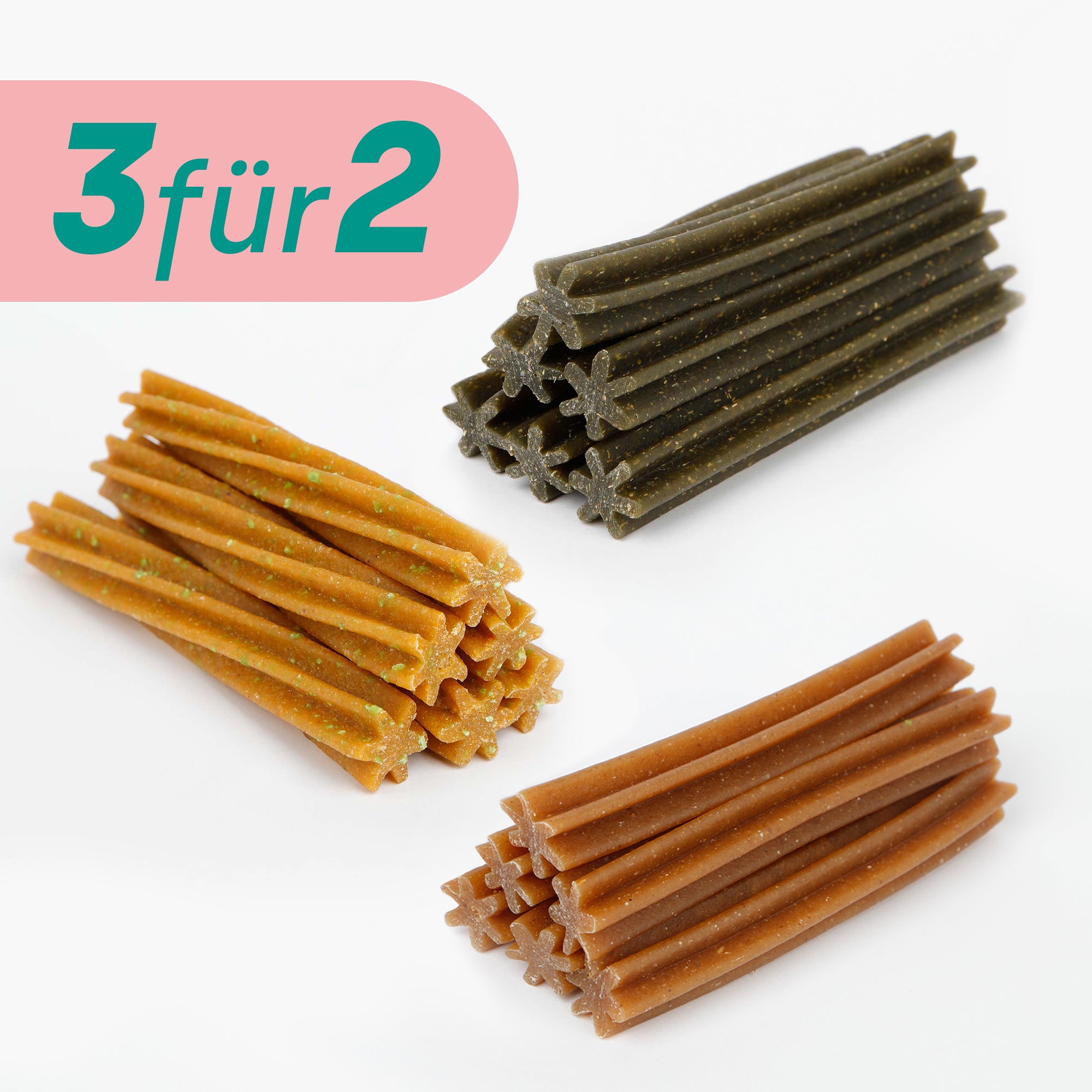Puppies explore the world with teeth and curiosity, and sometimes with a piece of plastic in their mouths. It may be frightening for you if your little dog suddenly starts chewing on a package, a bottle, or a cable. For them, it's part of the learning process. Chewing is soothing, helps with teething, and provides security. But as harmless as it seems, plastic can pose a real threat to your puppy's dental health and well-being.
Chewing plastic creates sharp edges that can injure gums, damage baby teeth, or permanently damage the jaw . Added to that are risks from plasticizers, dyes, or microplastics , which are absorbed through the mucous membranes. In this article, you'll learn why your puppy turns to plastic in the first place, what warning signs you should be aware of, and how you can prevent this with clever training and safe chewing alternatives —so your young dog can have a healthy start in life.
This is why puppies chew on plastic
For a puppy, the mouth is the gateway to the world. Everything is examined, sniffed, touched, and finally tried out. Especially during the sensitive period of teething, which begins between the third and sixth week of life and intensifies again from the third month onward, the gums begin to itch. Chewing noticeably relieves this irritation. It soothes, occupies, and helps the new teeth erupt . Plastic is particularly attractive: It's soft enough to chew, easy to grasp, makes exciting noises , and often bears traces of human scent or food residue. A true adventure object for your puppy.
But this is precisely where the problem begins. On social media, especially on TikTok, dogs are deliberately allowed to play with plastic bottles, packaging, or disposable cups . What appears harmless is actually an underestimated risk. Plastic splinters, can form sharp edges when chewed, and can even release toxic substances. And if swallowed, there is a risk of internal injuries or dangerous intestinal blockages. Your puppy's curiosity is important, but it needs safe alternatives.
Dangers and tooth damage caused by plastic
What begins playfully can quickly become serious. Many puppies explore the world with their mouths. They chew on anything that smells interesting or is easy to grasp. Plastic bottles, packaging, or old children's toys seem harmless, but this is precisely where danger lurks. Plastic doesn't belong in dogs' mouths, especially not in the sensitive, still-developing teeth of young dogs.
If your puppy regularly chews on plastic, there is a risk of tooth fractures caused by hard or sharp-edged pieces. Cracks, chipped tooth necks, or even broken teeth are not uncommon. Even riskier: swallowed pieces of plastic that can get stuck in the gastrointestinal tract or even cause injuries. Plasticizers and harmful substances in materials not intended for animals, such as PET bottles or household plastic, are particularly worrying. In addition, there are inflammatory reactions in the gums , triggered by micro-cracks or small injuries. And last but not least, constant chewing on unsuitable objects can even lead to misaligned teeth if it disrupts the tooth change. So what seems like harmless curiosity can quickly develop into a real health risk. You can avoid one from the start with the right chew toys and chew toys .
Note: When a puppy chews plastic , the following damage can occur:
- Tooth fractures : Hard or sharp-edged parts lead to cracks or broken teeth
- Swallowed plastic parts : Can become lodged or perforated in the gastrointestinal tract
- Plasticizers and toxins : Especially in toys that are not intended for animals (e.g. PET bottles)
- Inflammation of the gums : Due to microcracks or injuries
- Long-term malocclusion : If the temporary tooth does not erupt correctly due to incorrect loading
Seemingly harmless curiosity can cause serious damage to puppies’ teeth .
What to do if your puppy chews plastic?
If your dog chews on plastic, it's often very frightening, but hasty action rarely helps. The most important thing now is to stay calm and observe your pet carefully. Many incidents can be handled with minimal harm if you proceed step by step and react in a targeted manner. Your first look should be in the mouth: Try gently lifting the lips and opening the mouth without applying pressure. If you see blood, a broken tooth, or remnants of plastic , make a note of what you notice, also for a later consultation with your veterinarian.
Stop the chewing immediately , but without scolding. Replace the unsuitable object with a safe chew toy and praise your pet for the desired behavior . This will prevent fear, and your dog will learn what is allowed. If you're unsure whether plastic has been swallowed, or if symptoms such as vomiting, bloody saliva, or lethargy occur, you should play it safe: Have it checked by a veterinarian. Especially if internal injuries or sharp foreign objects are suspected, every minute counts; it's better to be prepared than to act too late.
Prevention Guide: 5 clever protective measures
Dental health in senior dogs isn't a luxury, but a quality of life. With gentle care, a tailored diet, and loving attention, you can help your older dog stay pain-free and healthy, including in the mouth. Pay attention to small warning signs, integrate a compatible dental care routine, and rely on effective, tested products instead of unsafe DIY tricks.
Just five simple measures make a big difference:
- a safe environment,
- suitable chewing alternatives,
- daily dental care with ultrasound,
- regular toy checks and
- positive training .
This way , you not only protect your dog's teeth but also strengthen the trust between you. Healthy teeth not only mean well-being, they are part of a long, happy dog life.
Warning signs of dental damage in puppies
Not all dental damage is immediately apparent. It often begins with small changes. Especially in puppies who are still playfully exploring their environment, dental problems often go unnoticed for a long time. This makes it all the more important that you carefully observe how your young dog behaves while eating, playing, and chewing. The first sign of a dental problem is rarely a whine, but rather a subtle withdrawal from their usual behavior.
Therefore, pay attention to typical signs: If your puppy suddenly avoids dry food , this could be an indication of pain while chewing. Traces of blood on toys , frequent rubbing with the muzzle , or a visibly discolored or crooked tooth are also warning signs. Bad breath or one-sided chewing also indicate possible tooth damage. The sooner you react, the better the prognosis. Always have such symptoms checked by a veterinarian so your puppy can grow, chew, and explore without worry.
FAQ – Plastic and dental health in puppies
Puppies explore the world with their mouths. They chew, drag, and dismantle everything, often even dangerous things. Unfortunately, plastic is one of the most common culprits. Whether it's packaging, cables, or bottles, what appears harmless can, in the worst case, lead to injuries, internal bleeding, or poisoning. Therefore, only tested, dog-safe toys belong in the basket.
My dog loves plastic bottles. What can I do?
Replace the bottle with a sturdy toy designed specifically for dogs . Make sure it's the right size and material. Positive reinforcement helps with training; praise your puppy when he chooses the right object.
When should I start dental care?
It's best to start right when teething starts, around the third month of life. The earlier your puppy learns that brushing is part of their daily routine, the more relaxed it will be later on.
Can I use the emmi-pet on a puppy?
Yes, and it's even particularly suitable. Ultrasonic technology cleans without friction and noise, perfect for small teeth and sensitive teeth.
What if my puppy has already swallowed plastic?
Then you should see your veterinarian immediately . X-rays or an endoscopy can help detect foreign bodies in the digestive tract and remove them safely before they can cause damage.
Plastic has no place in a dog's mouth, and with the right precautions, you can give your puppy a healthy start in life.

